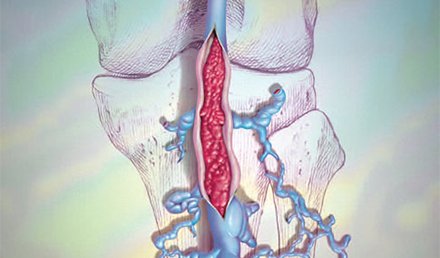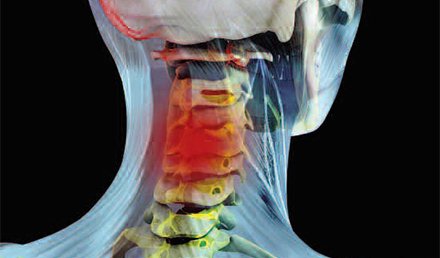These data from the 2012 Urgent Care Industry Benchmarking Study are based on a sample of 1,732 urgent care centers; 95.2% of the respondents were UCAOA members. Among other criteria, the study was limited to centers that have a licensed provider onsite at all times; have two or more exam rooms; typically are open 7 days/week, 4 hours/day, at least 3,000 hours/year; and treat patients of all ages (unless specifically a pediatric urgent care). In …
Read More
February 2013
Developing Data: January, 2013
These data from the 2012 Urgent Care Industry Benchmarking Study are based on a sample of 1,732 urgent care centers; 95.2% of the respondents were UCAOA members. Among other criteria, the study was limited to centers that have a licensed provider onsite at all times; have two or more exam rooms; typically are open 7 days/week, 4 hours/day, at least 3,000 hours/year; and treat patients of all ages (unless specifically a pediatric urgent care). In …
Read More
January 2013
Developing Data: December, 2012
Developing Data These data from the 2010 Urgent Care Benchmarking Survey are based on responses of 1,691 US urgent care centers; 32% were UCAOA members. The survey was limited to “full-fledged urgent care centers” accepting walk-ins during all hours of operation; having a licensed provider and x-ray and lab equipment onsite; the ability to administer IV fluids and perform minor procedures; and having minimal business hours of seven days per week, four hours per day. …
Read More
December 2012

November 2012
Developing Data: November, 2012
These data from the 2010 Urgent Care Benchmarking Survey are based on responses of 1,691 US urgent care centers; 32% were UCAOA members. The survey was limited to “full-fledged urgent care centers” accepting walk-ins during all hours of operation; having a licensed provider and x-ray and lab equipment onsite; the ability to administer IV fluids and perform minor procedures; and having minimal business hours of seven days per week, four hours per day. In this …
Read More
October 2012
Developing Data: October, 2012
These data form the 2010 Urgent Care Benchmarking Survey are based on responses of 1,691 US urgent care centers; 32% were UCAOA members. The survey was limited to “full-fledged urgent care centers” accepting walk-ins during all hours of operation; having a licensed provider and x-ray and lab equipment onsite; the ability to administer IV fluids and perform minor procedures; and having minimal business hours of seven days per week, four hours per day. In this …
Read More